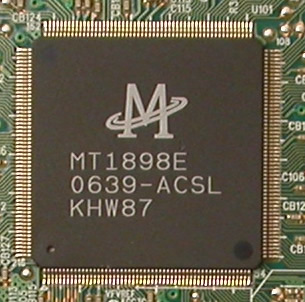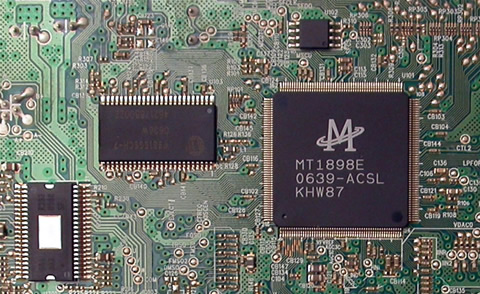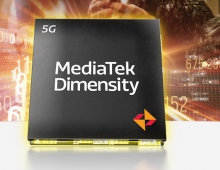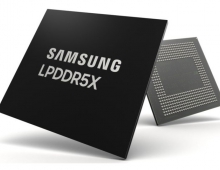LITE-ON LH-20A1P
1. Introduction
Review Pages
2. CD/DVD Reading tests
3. CD Error Correction
4. DVD Error Correction
5. Daxon CD - Quality tests
6. Verbatim CD - Quality tests
7. Moser Baer CD - Quality tests
8. Taiyo Yuden CD - Quality tests
9. The DaTARIUS DVD Analyzer R 2x
10. CMC MAG E01 (000)
11. CMC MAG M01 (000)
12. MAXELL 003 (000)
13. MCC 004 (000)
14. PRODISC R04 (004)
15. PRODISC R05 (001)
16. YUDEN000 T03 (000)
17. YUDEN000 T02 (000)
18. RITEK R04 (001)
19. CMC MAG AM3
20. DAXON016S
21. INFODISC-R20
22. MBI 01RG40
23. MCC 03RG20
24. ProdiscF02
25. ProdiscS05
26. RITEKF1
27. RITEKG05
28. TTH02
29. MKM 01RD30
30. MKM 03RD30
31. MKM 003 (000)
32. MKM 01RW6X01
33. RITEKW06
34. MKM A03 (000)
35. RICOHJPN W21 (001)
36. MXL 16
37. Burned Media List
38. Supported Media List
39. Conclusion

LiteOn aims high with its On LH-20A1P. This drive is an all-round DVD/CD ReWriter with support for DVD-RAM media and is the first drive to support the 20x writing speed with high quality 16X media. The drive is based on the Mediatek MT1898E 0639-ACSL KHW87 chipset, a very popular solution also used by other drives from BenQ, Samsung and Sony.
The maximum writing speeds for the LiteOn DVDRW drive are set at 20X for DVD±R, 8X for DVD±R DL, 8X for DVD+RW, 6X for DVD-RW, 12X for DVD-RAM and 48X for CD-R.
LiteOn's SmartWrite technology allows this drive to increase the writing speeds of specific media. Furthermore, SmartWrite optimizes the writing strategy of each particular writing session. Through the drive's self learning mechanism, it automatically detects and decides the optimal writing strategy for DVD±R recordable media.
At a glance, the basic features of the drive include:
-
SMART-BURN avoids Buffer Under Run error, smartly adjusting writing strategy & running OPC to provide the best burning quality.
-
Smart-X for fastest CD-DA/VCD/DVD data extraction speed
-
DVD read compliant: DVD single/dual layer (PTP/OTP), DVD-R (4.7GB), DVD+R, DVD+R Double Layer, DVD-R Dual Layer, DVD-RAM, DVD+RW and DVD-RW discs with diameter of 8 or 12 cm
-
CD read compliant: CD-DA, CD-ROM, CD-ROM/XA, Photo CD, Multi-session, Karaoke CD, Video CD, CD-I FMV, CD Extra, CD-R, and CD-RW discs of 8 or 12 cm
-
Conform to Orange Book: Part 2 CD-R Volume 1, Part 2 CD-R Volume 2 Multi Speed, Part 3 CD-RW Volume 1 (1x, 2x, and 4x), Part 3 CD-RW Volume2: High Speed, Part 3 CD-RW Volume 3: Ultra Speed
-
DVD read compliant : DVD single / dual layer ( PTP / OTP ), DVD-R ( 3.9 GB / 4.7 GB ), DVD-R multi-borders, DVD+R, DVD+R multi-sessions, DVD-RW, and DVD+RW.
-
Support Fixed packet, Variable packet, Disc-at-once, Session-at-once and Track-at-once



The retail package offers the Nero 7 CD Kit which contains the following:
- Nero Express 7 Essentials
- Nero ShowTime 3 Essentials
- Nero Vision 4 Essentials
- Nero Recode 2 Essentials
- InCD 5 Essentials
- Nero PhotoShow Express 4
Along with these, the retail package also includes a quick installation guide, 4 screws for mounting the drive and an audio cable.


Our test sample was manufactured in November 2006 in China.

The drive uses the MT 1898E chipset. This chipset is also used by the previous LiteOn release, the LH-18A1P, and by some Samsung, Sony and Benq drives.

Installation
The LiteOn LH-20A1P was installed as a typical IDE drive and was recognized as "LITE-ON DVDRW LH-20A1P".


Review Pages
2. CD/DVD Reading tests
3. CD Error Correction
4. DVD Error Correction
5. Daxon CD - Quality tests
6. Verbatim CD - Quality tests
7. Moser Baer CD - Quality tests
8. Taiyo Yuden CD - Quality tests
9. The DaTARIUS DVD Analyzer R 2x
10. CMC MAG E01 (000)
11. CMC MAG M01 (000)
12. MAXELL 003 (000)
13. MCC 004 (000)
14. PRODISC R04 (004)
15. PRODISC R05 (001)
16. YUDEN000 T03 (000)
17. YUDEN000 T02 (000)
18. RITEK R04 (001)
19. CMC MAG AM3
20. DAXON016S
21. INFODISC-R20
22. MBI 01RG40
23. MCC 03RG20
24. ProdiscF02
25. ProdiscS05
26. RITEKF1
27. RITEKG05
28. TTH02
29. MKM 01RD30
30. MKM 03RD30
31. MKM 003 (000)
32. MKM 01RW6X01
33. RITEKW06
34. MKM A03 (000)
35. RICOHJPN W21 (001)
36. MXL 16
37. Burned Media List
38. Supported Media List
39. Conclusion























